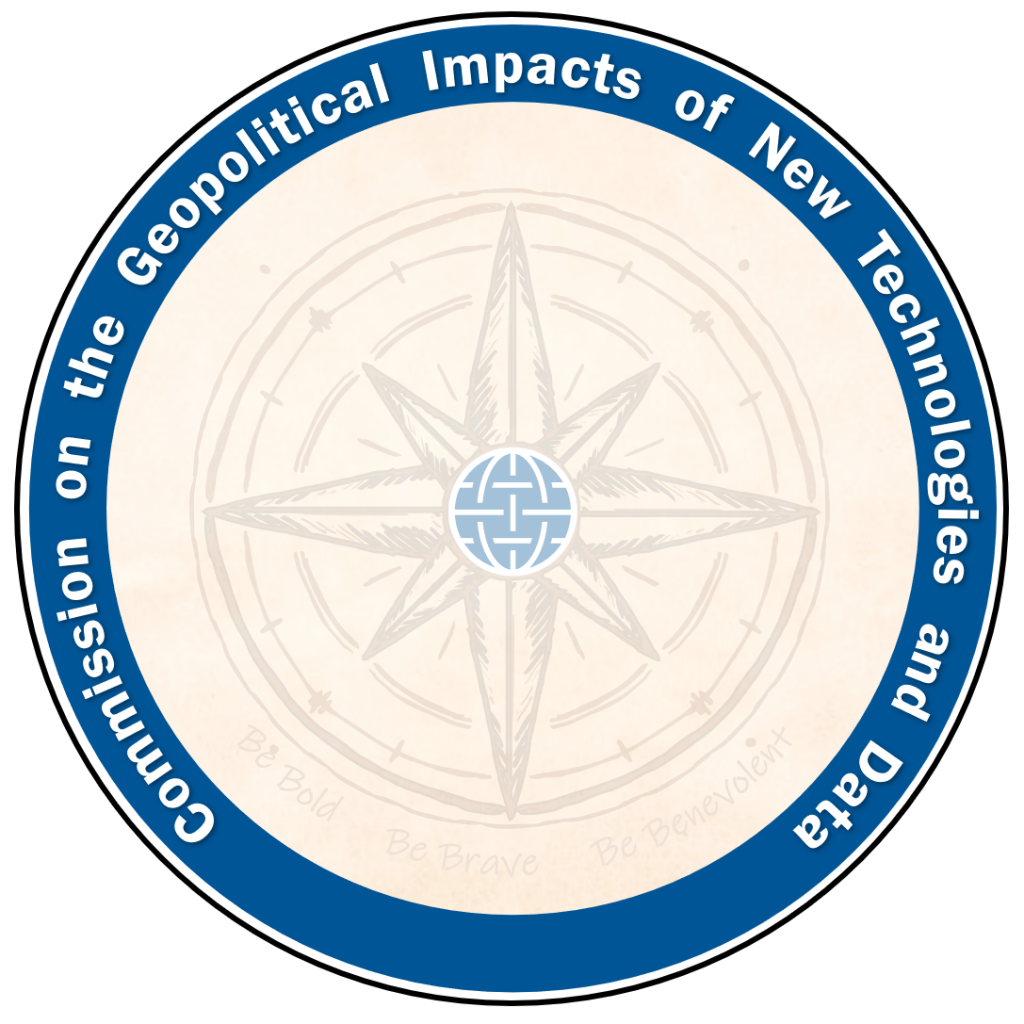Mobilizing public science priorities through the American commercial space industry
Every ten years, for a variety of disciplines, the National Academy of Sciences, Engineering, and Medicine (NASEM) is responsible for providing consensus recommendations, designated as “decadal surveys”, on behalf of the scientific community to shape national research programs. On September 12, 2023, NASEM released “Thriving in Space—Ensuring the Future of Biological and Physical Sciences Research: A Decadal Survey for 2023-2032”, the second such volume to guide the research priorities and respective programs of the Biological and Physical Sciences (BPS) Science Mission Directorate at the National Aeronautics and Space Administration (NASA).
With an energetic, but considerably demanding, national space policy led by the White House’s 2021 Space Priorities Framework, the United States is committed to supporting a robust scientific and technological-development ecosystem to advance scientific discovery, address the needs of human and robotic space exploration, and deliver terrestrial benefits. However, these goals cannot be realized by the public or private sectors without comprehensive guidance and strategic investment in these three research priorities. The new survey provides an opportunity to actualize these goals through parallel mobilization in national research programs and the commercial space industry.
Investing in the future through BPS research
The report poses eleven key scientific questions (KSQs) pertaining to three cross-cutting themes in basic BPS research: how biological and psychological mechanisms adapt to space; the scientific principles—such as chemical, physical, and biological processes in extraterrestrial environments—that must be considered as humans live and travel in space; and understanding phenomena hidden by gravity or terrestrial limitations that become accessible in space. In addition, the report lays out two ambitious research campaigns that, by 2033, can deliver transformative contributions to NASA’s Moon to Mars program and the growing space economy while simultaneously benefitting life on Earth (including for climate adaptation), should they be funded adequately.
Crucially, in order to “retire” these KSQs in the next decade, the committee recommended that NASA increase funding to the BPS program tenfold above current levels before 2030. The report cites a 2023 BPS budget of only $85 million (of the $100 million originally requested by NASA). During the Space Shuttle era, NASA’s allocated budget was regularly more than two percent of US spending; in 2023, it was 0.44 percent. The committee’s recommendation for an order of magnitude increase in NASA’s funding of BPS therefore seeks to close the gap between today’s spending and tomorrow’s ambitious goals. With a Congress likely reluctant to grant nearly a billion more dollars to the NASA budget, the private sector will be key to achieving the goals of the decadal survey.
Amplifying public efforts with commercial space
Growing commercial activity in and for outer space offers a timely opportunity for the government to leverage the capabilities of the private sector to not only conduct transformative research, but also to support the subsequent phases of technology development and engineering, to facilitate deployment to space missions (public or private), and to more strongly establish business cases for wider economic activity in space. Conversely, while the report is intended to inform NASA’s direction of public investment in specific research priorities, it should also serve to guide industry to strategically align its investment priorities with the national interest.
Since the 1950s, national space agencies have been the earliest—and often only—funders of the science and engineering of space exploration. Research activities supported by the Science Mission Directorate (including BPS) are crucial for applications that will be used by other NASA Mission Directorates, particularly for crewed missions. While a NASA-centric approach previously delivered strong returns on investment for scientific advances and benefits to the American economy, today’s innovators in space technology frequently seek alternatives to NASA’s often cumbersome and restrictive mechanisms for funding. To date, early public investment in small and medium enterprises have enabled entrepreneurial space start-ups to gain footing in a highly competitive, high barrier-to-entry market that the majority of risk-averse investors avoid. Continuing, and even increasing, such investment will accelerate progress toward closing the vast gaps in our basic understanding of space and the universe that have been highlighted by the latest decadal survey.
Notably, the current private American space industry is an asset with more capital than most national civil space programs. In the decade since the previous survey was released, the gross output of the US space economy grew from $180.6 billion to $211.6 billion (nominal dollars), per the Bureau of Economic Analysis. Supporting 360,000 private industry jobs and $51.1 billion of private industry compensation in 2021, the US commercial space sector has become a potent force in the international economy. Meanwhile, the United States spent 60 percent of all global government space spending in 2021, affirming the country’s commitment to civil space leadership. NASA’s role in pioneering the space industry should not be understated nor undervalued; however, NASA’s efforts must be complemented by the decentralized models of funding and project management of the private sector if the KSQs and overarching themes of the 2023 report are to be achieved by 2033.
Enabling transformative advances through the coming decades
The International Space Station National Laboratory has served as a stable research station in low-Earth orbit (LEO) for over two decades. With its decommission on the horizon, researchers need a new research platform in LEO to continue to conduct critical microgravity research. If private entities are to assume this responsibility through commercial LEO destinations (CLDs)—and profit thereby, thus supporting a vibrant space economy and feeding further research and development in the private space sector—then public-private coordination today is essential to ensure that orbital laboratories and other infrastructure have reliable customers in NASA and other public organizations. During these conversations, it is also important to engage international partners to ensure that the global scientific community is supported in future efforts for in-space research, including the sovereign research platforms of other countries. (The importance of harnessing allied space capabilities for exploration, security, and commerce was the subject of a recent three-part issue brief from The Atlantic Council.)
A much larger concern with this public-private integration, which involves CLDs along with all privately developed technology in space, involves the science-design requirements considered (or overlooked) by industry in their business models. While many companies conducting basic BPS research are contracted by NASA to do so, many companies are independently developing capabilities (including for research) that could concurrently enhance public efforts if opportunities for collaboration were prominently available from the start of the research lifecycle, as recommended by the decadal survey. Such engagement would also promote interoperability between public and private systems, which will become increasingly critical as the space economy expands. To support the national research ecosystem, American companies should identify potential areas of public collaboration early in order to ensure that business models are attractive to government customers and that research platforms maintain interoperability between public and private users.
Overall, the recommendations of the 2023 BPS decadal survey are a crucial component of the path to ensuring that the 21st century yields continuous decades of scientific advancement. In particular, the next ten years stand to be transformative for improving life on our planet while simultaneously achieving a sustainable and thriving human presence beyond Earth. By strengthening the links between the public and private sectors, the very best minds and a diversity of stakeholders can be drawn into taxpayer-funded space research through a steady cadence of funding opportunities, as well as into the broader space workforce. For that reason, the goals presented in the decadal survey should be used to anchor the research priorities and business opportunities of NASA, private and public researchers, and the private space industry, with appropriate and committed support from government.

GeoTech Center
Championing positive paths forward that societies can pursue to ensure new technologies and data empower people, prosperity, and peace.
Image: Credit: NASA via Unsplash

